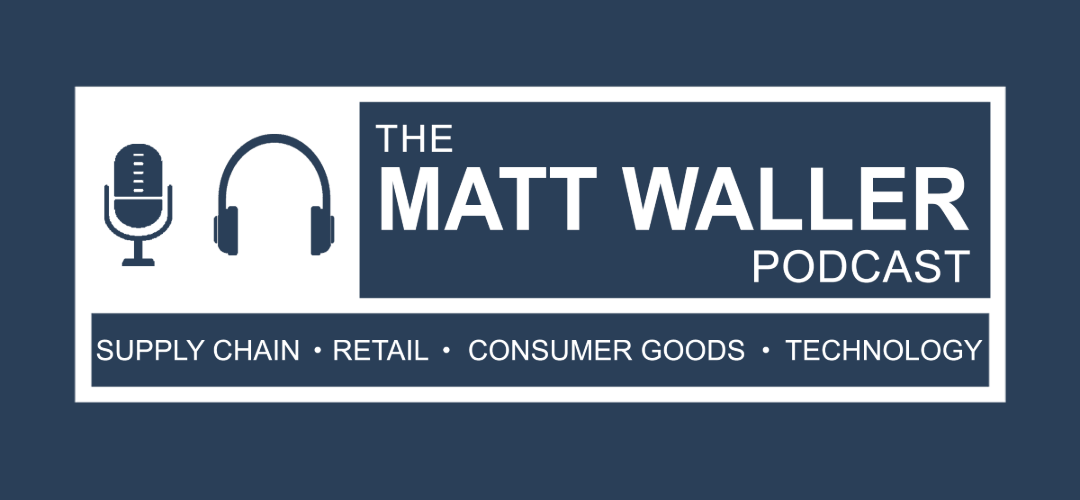I interviewed Chris Scheid, co-founder of MyCarrier, to provide guidance for both new and experienced shippers on effectively using less-than-truckload (LTL) transportation. Scheid draws on over 15 years of experience in pricing, technology, and building the successful shipping platform MyCarrier to illuminate the ins and outs of LTL.
Understanding LTL Basics
Scheid begins by giving an overview of LTL as a "sweet spot" option between parcel and full truckload services. As opposed to truckload capacity, LTL utilizes a hub-and-spoke model to consolidate multiple shipments on the same trucks in a more flexible, on-demand way. This approach provides cost efficiencies for shipping 1-6 pallets without filling an entire truck.
Demystifying Complex LTL Pricing
A challenge for newcomers is understanding LTL's density-based and variable pricing model. Scheid explains how origin zip code, destination zip code, freight class, and weight are used to determine the initial per hundredweight rate. Additional accessorial fees then apply based on various factors. He recommends negotiating upfront with carriers experienced in density pricing.
Leveraging Technology for Simplicity
Manual processes like paper bills of lading cause significant billing errors. Scheid advocates using e-Bills of Lading and integrated platforms like MyCarrier that digitize the entire transaction end-to-end. This eliminates errors and discrepancies while saving substantial time. API integration in particular allows seamless, real-time information exchange between shipper and carrier systems.
Best Practices for On-Time Delivery
Factors like lead times, level of service selection (standard vs. guaranteed delivery), and carrier communication all impact on-time performance. Shipping well in advance of due dates and designating guaranteed services for critical shipments can help mitigate risks. Entering peak season, establishing agreements with carriers and delivering promised volumes are also important.
Overall, Scheid's expertise provides valuable strategies and perspective for both entrepreneurs new to LTL and experienced shippers alike. Leveraging technology, planning ahead, and collaboration with carriers are keys to success in the complex but cost-effective world of LTL shipping.
Navigating the Complex World of LTL Shipping: Insights from an Industry Expert



Member discussion: